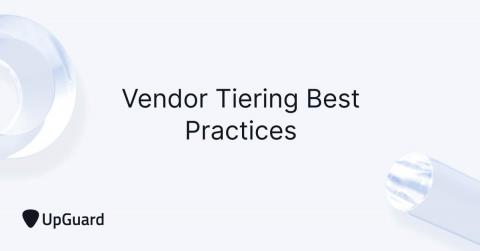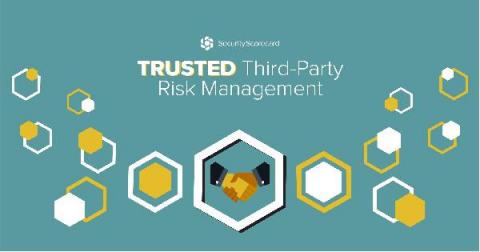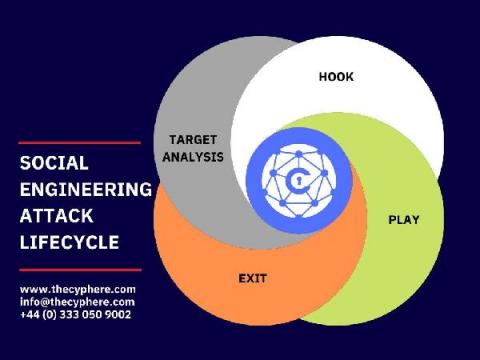The Top 6 Cybersecurity Challenges in the Healthcare Industry
The healthcare industry has always been an appealing target for cybercriminals. From high-value patient data to a low tolerance for downtime that could disrupt patient care, cybercriminals continue to find ways to take advantage of healthcare cybersecurity practices. In recent years, the healthcare industry has seen a 55% increase in cybersecurity threats, turning attacks on healthcare providers into a $13.2 billion industry and making it a gold mine for cybercriminals.




















